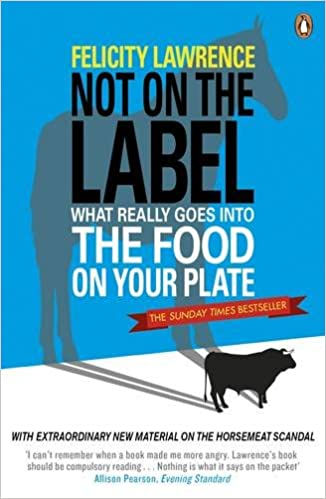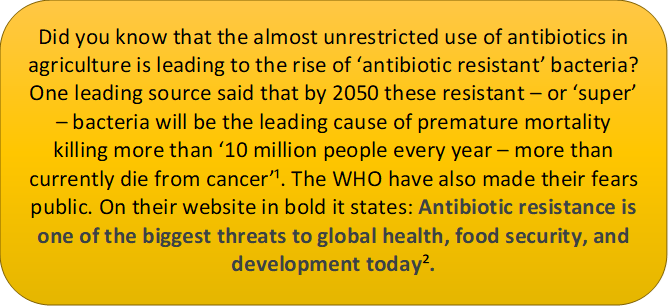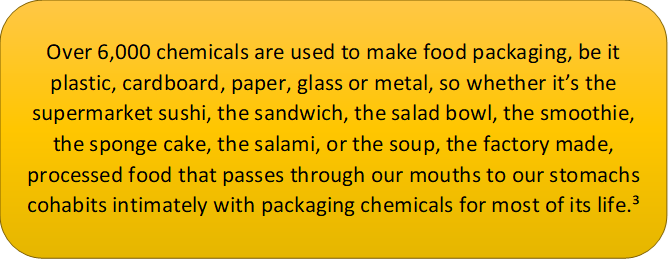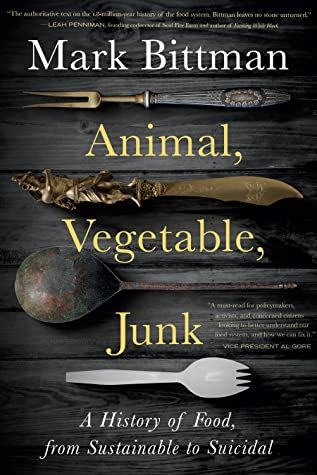Not on the Label | Book Review
- Hungry4Fitness

- May 13, 2021
- 5 min read
Updated: Jan 9, 2022
'Challenges each and every one of us to think again about what we buy and eat. It's almost like uncovering a secret state within the state.'

is a compilation of undercover investigation into the nefarious food producing practices. In this fascinating and superbly written book, Lawrence delivers a shocking eye-opener as she exposes everything from the liberal use of chemical preservatives, to the sale of disease-ridden meat, to the exploitation of illegal immigrant workers.
This is one of those rare books that shock and disturb with the turn of each page, making it quite the challenge to identify one topic on which to focus a review.
But perhaps the most gut-wrenching reveal was the industrialisation of animal mass-murder and how corporations treat sentient creatures with complex nervous systems not too dissimilar to our own like inert unfeeling commodities.
For example, in the chapter Horse, we learn of the sickening animal abuse practices of one ‘horse dealer’ (one among many) who illegally transported ‘unfit horses and donkeys’ many of which ‘were seriously ill with chest infections, wounds, sepsis and diarrhoea,’ (p.23). These miserable animals, true beasts of burden, would later be slaughtered and sold in ready-meals – and, as we were witness to in the Tesco scandal, some of these ‘old nags had been passed off as beef.’
The plight of the broiler chicken
If the Buddhists are right and, after kicking the bucket, we are reincarnated as another lifeform, I hope to god I don’t come back as a broiler chicken. Hell, I’d rather come back as a male praying mantis; and that’s saying something considering they have their heads gnawed off during copulation!
But is the life of a chicken really so bad? And as bad as that of a male mantis?
No, not if you believe the commercial propaganda depicting pleasant images of happy little chickens foraging through the boundless countryside, pecking and scratching for grubs. The truth is, if you’re a broiler chicken reared for mass consumption, life is no less awful than it was for the poor victims of Auschwitz. In fact, in many ways chickens have it much worse: for them, after months of unimaginable deprivation, the final insult is that of being reincarnated as a ‘chicken’ nugget.

Here’s Lawrence’s commentary on her experience as an undercover worker in a slaughterhouse:

But, as we soon find out, this is merely the prelude to the purgatory that these poor animals must endure, many of which are alive through the entire process (for visual insight follow the link).
Lawrence notes, somewhat to her own surprise, that she held her nerve through these distressing scenes: watching defenceless creatures being mechanically murdered by mindless machines. However, it was the ‘scold tank’ that got her in the end.

The plucking machine, she goes on to tell us, ‘exerts considerable pressure on the carcasses’ forcing out of the birds’ orifices viscera and faecal matter. Thus, it is no wonder that bacterial infections increase tenfold at this point which requires the dangerous use of antibiotics to control.

Is there a moral to this sad story so far? Yes, there most emphatically is. Moral:
Transition to a plant-based diet immediately!
Right, now that we’ve enjoyed a pleasant preamble through the slaughterhouse of horrors, it’s time to get down and Dupont – that is, chemical!
food chemicals - is there any safe limit?
It’s common coin that food manufacturers lace their products with poisonous chemicals, chemicals that have been scientifically proven to deteriorate the health of the consumer – even ‘increase cancer risk’.
But, we are told, as long as the concentration, or amount, of the chemical additives is below a prescribed range, which is determined by Mr Question Mark, the product is ‘safe’ for human consumption.
Okay, for the purposes of this short discussion, let’s humour Mr Question Mark for a minute and agree with the ‘safe range’ theory: that in small amounts known poisonous chemical additives, some of which cause cancer, pose precisely no harm to the consumer.
Is it not logically robust reasoning to assume that, when compounded over time, all those safe ranges add up eventually tipping the balance to unsafe? And if that is the case, at what point does it become unsafe to consume foods that contain a cocktail of chemical additives?
No RDA on food additives
Unsurprisingly, Mr Question Mark remains mute and hasn’t as of yet served us any RDAs on these questions. Thus, it is left to YOU! the informed consumer to figure it out.
But, as Lawrence tells us, food manufacturers aren’t legislatively mandated to label ‘all’ the chemicals that go into their products. Take MAP for example. Are you aware that most shop-bought salads come in modified-atmospheric packaging (or MAP for short)? To increase shelf-life and maintain the illusion of that just-picked crispness, the atmospheric composition has been synthetically altered.
In addition, unless stated otherwise, most salads are washed in chlorine and ‘some chlorinated compounds are known to be cancer-causing’ (p.84). Furthermore, the plastic bag or box that encases the salad could contain anywhere up to 6000 different chemicals. This begs the question, if MAP is in the safe range, and the chlorine is in the safe range, and the plastic wrapping in a safe range, are they still safe when combined into a single edible product?

Of course, Mr Question Mark regards this as a moot point and defers to the ‘informed consumer’ rhetoric. But, after reading Not on the Label, you will be informed and as a consequence will know which foods to omit from your diet.
Not on The Label
Back Page Blub of Not on The Label
In 2004 Felicity Lawrence published her ground-breaking book, Not on the Label, where, in a series of undercover investigations she provided a shocking account of what really goes into the food we eat. She discovered why beef waste ends up in chicken, why a single lettuce might be sprayed six times with chemicals before it ends up in our salad, why bread is full of water. And she showed how obesity, the appalling conditions of migrant workers, ravaged fields in Europe and the supermarket on our high street are all intimately connected.
Her discoveries would change the way we thought about the UK food industry for ever. And, when the horsemeat scandal hit the headlines in 2013, her book seemed extraordinarily prescient once again. Now, in this new edition of her seminal work, Felicity Lawrence delves deeply into that scandal and uncovers how the great British public ended up eating horses.
Fifty Things That Made the Modern Economy
¹Harford, T. (2017) Fifty Things That Made The Modern Economy. Great Britain. Abacus
From the tally-stick to Bitcoin, the canal lock to the jumbo jet, each invention in Tim Harford's fascinating new book has its own curious, surprising and memorable story, a vignette against a grand backdrop. Step by step, readers will start to understand where we are, how we got here, and where we might be going next.
²WHO source taken from: Antibiotic resistance ( https://www.who.int/news-room/fact-sheets/detail/antibiotic-resistance)
Swallow This
³Blythman, J (2015) Swallow This. Fourth Estate. UK.
Swallow This is a fascinating exploration of the food processing industry and its products – not just the more obvious ready meals, chicken nuggets and tinned soups, but the less overtly industrial – washed salads, smoothies, yoghurts, cereal bars, bread, fruit juice, prepared vegetables. Forget illegal, horse-meat-scandal processes, every step in the production of these is legal, but practised by a strange and inaccessible industry, with methods a world-away from our idea of domestic food preparation, and obscured by technical speak, unintelligible ingredients manuals, and clever labelling practices.
The chicken nugget image was pilfered from the following website: NPR 50 Hear Every Voice: www.npr.org/sections/thesalt/what-s-in-that-chicken-nugget-you-really-don-t-want-to-know?

_p.png)



Comments